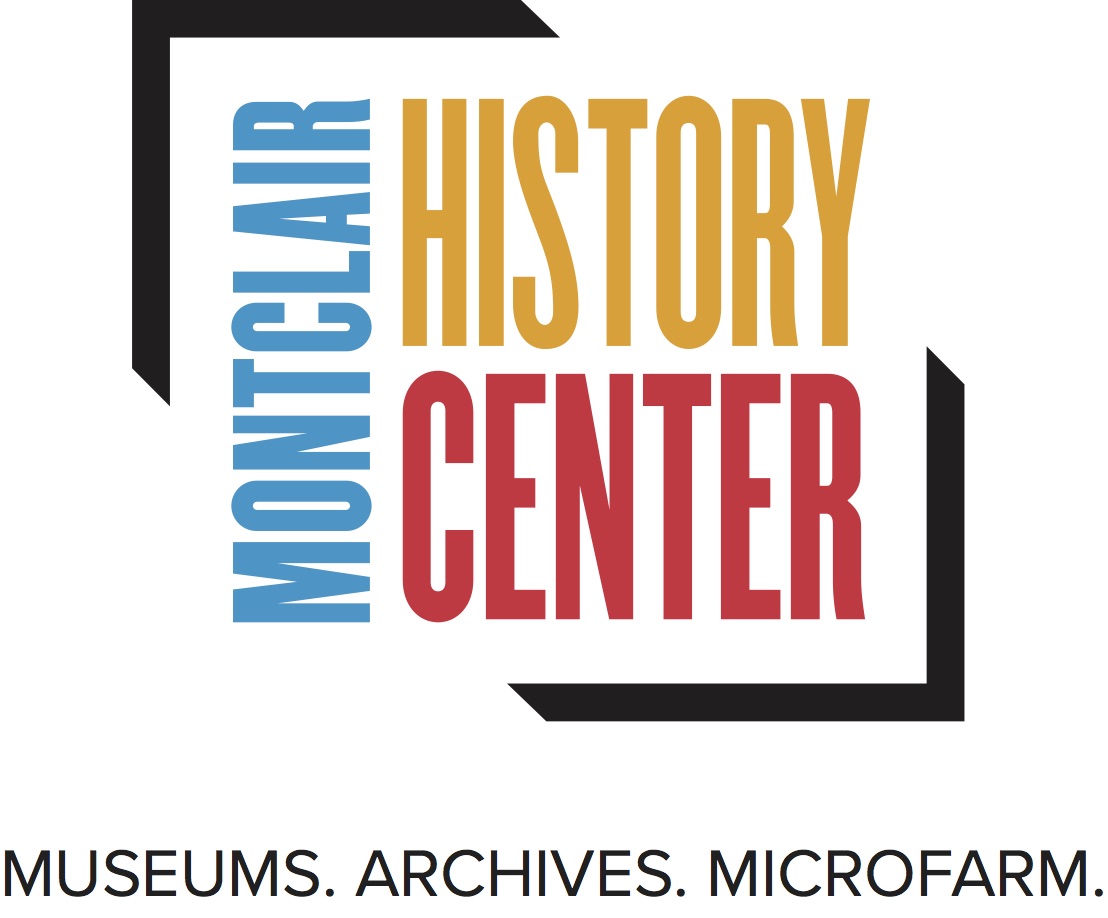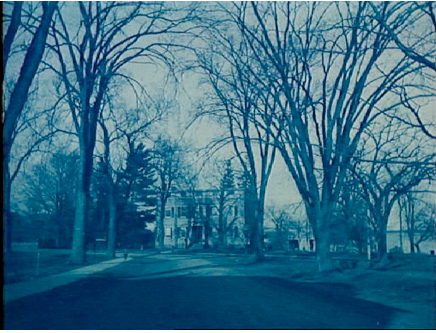Montclair, NJ 2022: It’s been 226 years since Israel Crane built the home we now know as the Crane House & Historic YWCA museum. Let’s dive into a theory about the building’s design, using historic photographs from our collection, the Montclair Public Library, the Library of Congress, and more!
Source: Library of Congress
Manse, The First Presbyterian Church of Bloomfield, Bloomfield, NJ
There is a strong indication that the Crane House may have looked like the First Presbyterian Church Manse in Bloomfield, pictured above, when Israel and Fanny Crane completed their home in 1796. The manse for Bloomfield’s First Presbyterian Church was also built in 1796, and it has many interior features that echo the ones in our Crane House; it is believed that the original roof line of the Crane House was similar to the manse’s roof line. Israel and Fanny were congregants of the church and would have been familiar with the building. This picture above, of the manse, is from the Historic American Buildings Survey, 1930s. The design is a typical, large Federal house of the period. (The church is now referred to as the Bloomfield Presbyterian Church on the Green.)
Source: Montclair Public Library
Crane House pre-1850, Glenridge Avenue, Montclair, NJ
After Israel moved out of the house he and Fanny built, his son James took over the house and wanted to give it the more modern, Greek Revival look by altering the roof line and adding decorative brackets. The columns on the portico still appear to be simple, not the Ionic columns he would soon add. This picture above is from the “Decades” history book of Montclair and shows the home in its original location on Glenridge Avenue.
Source: Montclair Public Library
Crane House, late 1800s, Glenridge Avenue, Montclair, NJ
A photographic process known as cyanotype gives this photo its distinctive blue look; it was a process that was popular in the mid to late 1800s. This photo is taken from the area of today’s Bloomfield Avenue, looking north to Glenridge Avenue as one approaches the house on what was then Spring Street. Today, you would see Lackawanna Plaza on the right of the photo and Crane Park on the left.
Source: Library of Congress
The Montclair YWCA, 1930s, Glenridge Avenue, Montclair, NJ (in the former Crane House)
The photos from the Historic American Buildings Survey, 1930s captured the house when it was no longer owned by the Crane family and was owned by the Montclair YWCA. Notice the bay above the front door? An analysis of the finishes in the building suggests that the bay was added in the late 1800s. The bedroom it was part of was where Miss Hortense Ridley (Tate) lived when she came to the YWCA as a Girl Reserves Secretary in 1921. The large brackets at the roof line have been replaced with dentils and decorative iron grills have been added to the attic windows.
Source: Montclair History Center
The former Montclair YWCA, August 1965, Glenridge Avenue, Montclair, NJ being prepared for move to new Orange Road location and new role as a house museum
The house is readied for its move from Glenridge Avenue to Orange Road. As part of the preparations, they removed the bay window, two rear additions, and back porch.
Source: Montclair Public Library
On its way to becoming the Israel Crane House Museum, August 1965, Montclair, NJ
The house is moved up Bloomfield Avenue and down to its current location at 110 Orange Road. It was a sight that many remember! Notice the Wellmont Theater marquis on the right of the photo?
Click here to see a video of the house moving!
Source: Montclair History Center
The Israel Crane House, 1990s, 110 Orange Road, Montclair, NJ
After the house was settled into its current location at 110 Orange Road, it was restored by the organization that was created to save the house, the Montclair Historical Society. Its interpretation as a decorative arts museum told the story of Israel Crane. The photo above is from the 1990s. Notice the grey paint color.
Photo credit: Helen Fallon, MHC Board Vice President
The Crane House & Historic YWCA, 2022, 110 Orange Road, Montclair, NJ
Several years ago the house was repainted as shown above, after a paint analysis indicated the historic color of the house when it was built in 1796. In 2014, the house was re-interpreted to tell not only the story of three generations of the Crane family, but of the people (both enslaved and immigrants) who worked for them, the African American women and girls of the Glenridge Avenue YWCA, and the early preservationists who mobilized to save this piece of Montclair's social and architectural history.








